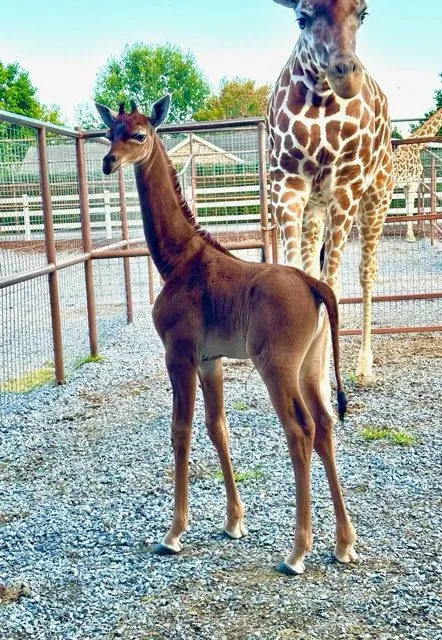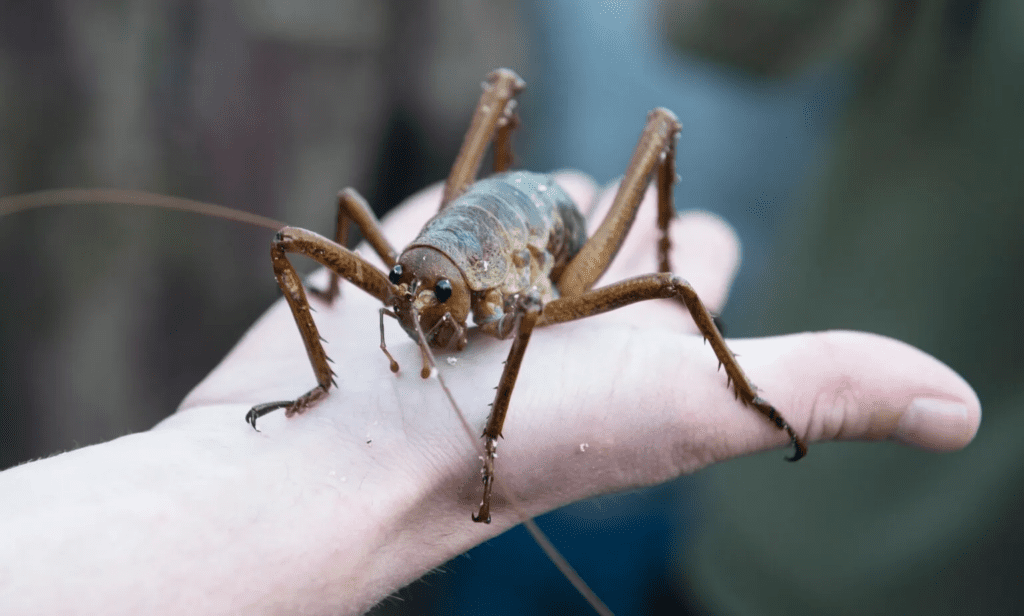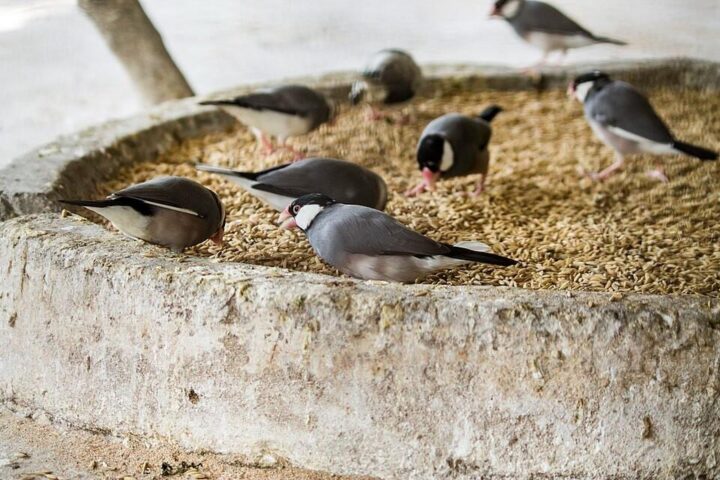In the heart of Tennessee, a peculiar event has captured the world’s attention. Brights Zoo, a renowned sanctuary for wildlife, recently welcomed a unique member to its family: a spotless giraffe. This rare phenomenon, last recorded in 1972 in Tokyo, has not only amazed animal enthusiasts but has also shed light on pressing conservation issues. Born on July 31, this female giraffe’s lack of spots is more than just an aesthetic anomaly. Historically, only a handful of such giraffes have been documented, making her birth a significant event in the annals of zoology. But beyond the marvel, there’s a deeper narrative intertwined with her existence.
David Bright, the zoo’s director, expressed his astonishment, stating that this might be the only spotless giraffe in existence today. However, he was quick to pivot the conversation towards a more pressing concern: the silent decline of wild giraffes. A staggering 40% of the wild giraffe population has vanished in the past three decades. This alarming statistic underscores the urgency of conservation efforts.
The giraffe’s spots, or lack thereof, play a crucial role in their survival. In the wild, these patches act as camouflage, shielding them from predators in Africa’s vast savannas. Moreover, beneath each spot lies a sophisticated vascular network that aids in thermoregulation, suggesting that our spotless wonder might face challenges in regulating her body temperature.
Fred Bercovitch, a renowned wildlife conservation biologist, posits that this unique coloration could be the result of a specific genetic mutation. The intricacies of giraffe patterns, believed to be inherited, remain a subject of study and intrigue. Bercovitch’s insights remind us of the vast mysteries that the animal kingdom still holds. As he aptly puts it, “There are exceptions to almost every rule in biology.”
Similar Post
This giraffe’s unique birth highlights nature’s mysteries and reminds us of the challenges giraffes face. With only around 16,000 of them left, their numbers have halved in 35 years due to habitat loss, hunting, and fewer acacia trees, their main food. The International Union for Conservation of Nature now classifies the reticulated giraffe as endangered. This spotless giraffe’s birth, while a marvel, is also a clarion call for urgent conservation measures.
Brights Zoo, recognizing the significance of this event, has turned to the public for assistance. They’ve proposed four names, each resonating with the giraffe’s unique attributes: Kipekee (unique), Firyali (extraordinary), Shakiri (exceptional beauty), and Jamella (great beauty). The zoo’s initiative not only engages the community but also amplifies the message of conservation. As the world waits with bated breath for the announcement of her name on September 4, one thing is clear: this spotless giraffe, with her enigmatic presence, has become an ambassador for her species. Her birth has cast a spotlight on the challenges giraffes face, urging us to act before it’s too late.

















